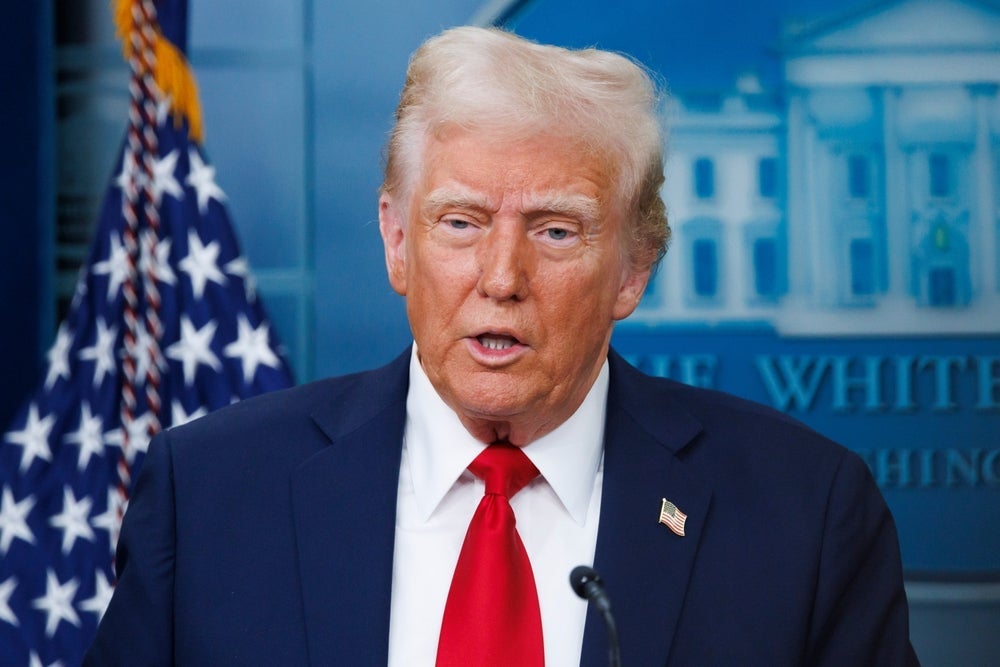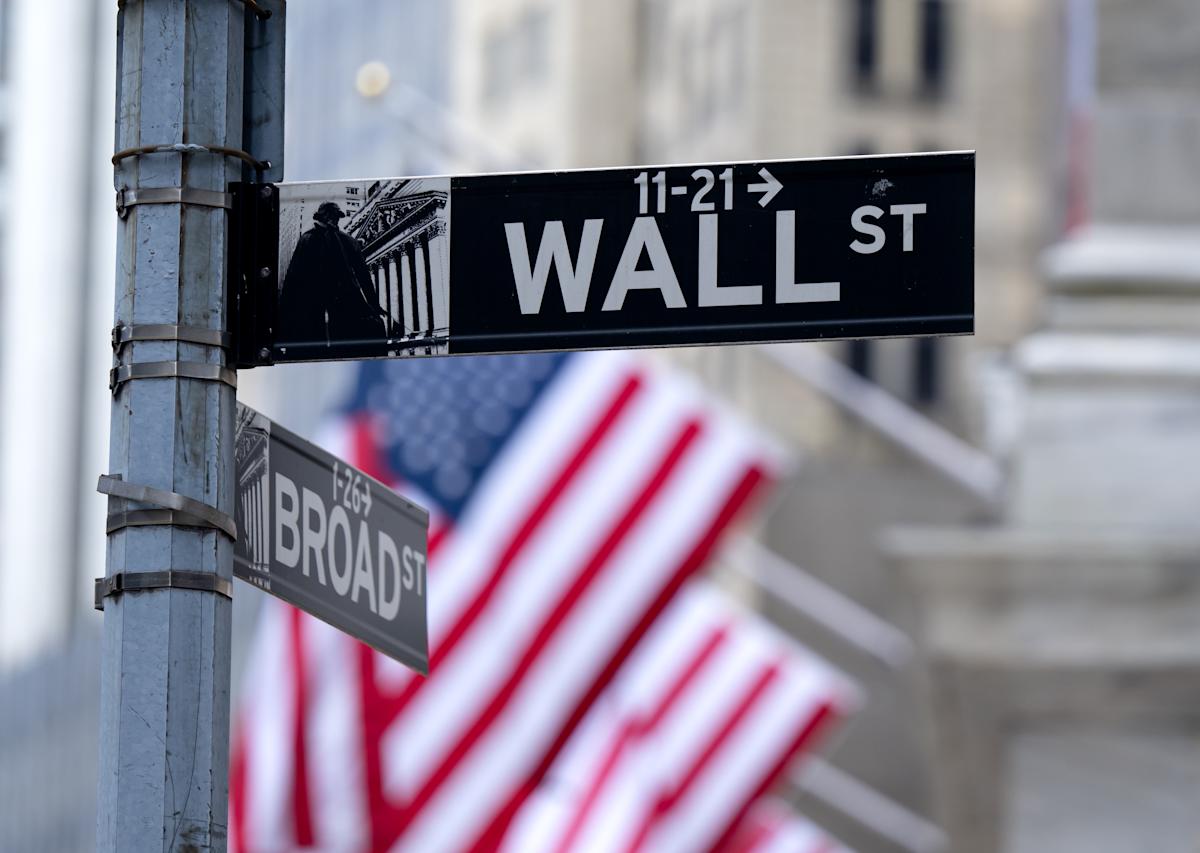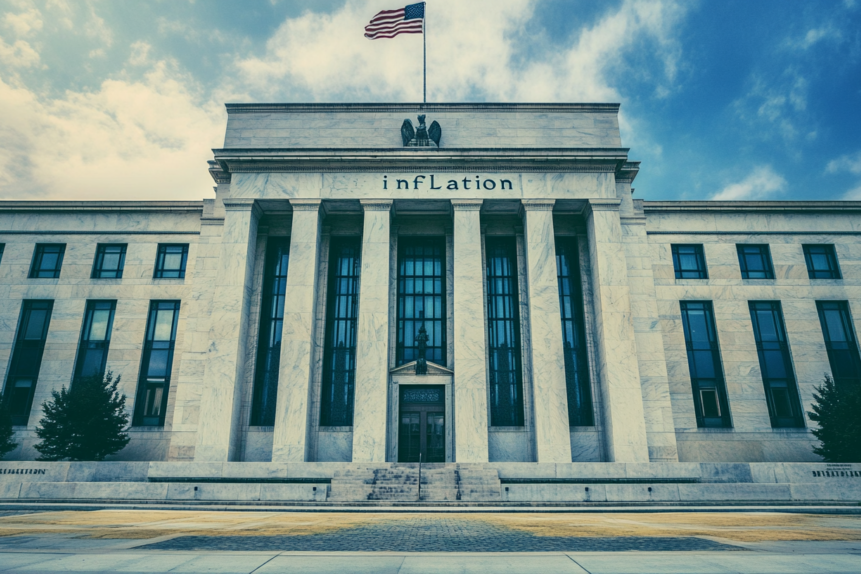US-EU Trade Deal: Key Highlights and Challenges

Key Provisions of the Trade Deal
The recently announced US-EU trade deal imposes a 15% tariff on most European imports, significantly lower than the previously threatened rates of 30% or more. This agreement marks a critical compromise aimed at de-escalating trade tensions between the two economic powerhouses. Additionally, the European Union has committed to purchasing $750 billion worth of energy products from the United States, including natural gas, oil, and nuclear fuel, as part of efforts to reduce reliance on Russian energy supplies. Furthermore, the EU has pledged $600 billion in investments across various sectors in the US, though specific details regarding the allocation of these investments remain unclear.
This agreement also includes provisions for zero tariffs on a range of strategic goods, such as aircraft, certain chemicals, semiconductor equipment, and specific agricultural products, underscoring a focus on mutual economic benefit. However, the list of goods subject to zero tariffs is still subject to further negotiations, leaving some ambiguity in the deal's scope.
Unresolved Issues and Challenges
Despite the progress made, several contentious issues remain unresolved. Notably, the 50% tariff on imported steel from the EU will continue to be enforced, a point of contention for European exporters. Pharmaceutical products, another critical area of trade, are under discussion for potential tariff increases, though no formal decision has been made. These unresolved points reflect lingering friction that could complicate the implementation of the agreement.
Additionally, the deal’s lack of detailed provisions on certain aspects has raised concerns about its feasibility. Trade accords of this magnitude typically require years of negotiation and comprehensive documentation. The current agreement, reached in a matter of months, leaves room for interpretation and potential disputes. Experts have cautioned that the implementation phase could pose significant risks, both politically and technically, potentially perpetuating long-term trade tensions between the two regions.
Economic Implications
The imposition of a 15% tariff, while lower than initially proposed, still represents a significant increase from the previous average US tariff rate of approximately 1.2% on EU imports. This rise is expected to increase costs for American consumers purchasing European goods, as importers may pass on the higher costs through price hikes. European exporters, in turn, face the challenge of absorbing these costs or risking reduced market share in the US.
The deal has elicited mixed reactions from stakeholders. German Chancellor Friedrich Merz welcomed the agreement as a necessary compromise to avoid further escalation in transatlantic trade relations. However, industry leaders, such as the Federation of German Industries, have expressed concern about the negative impact of even a 15% tariff on export-driven sectors. Economists have also highlighted the potential for broader implications on global trade stability, emphasizing the importance of resolving outstanding issues to ensure long-term economic benefits.
 Sources
Sources- Donald Trump Announces 15% Tariff Trade Agreement EU, Ending Months Trade Uncertainty
 benzinga
benzinga - EU, differ pharma tariffs, complicating Trump’s trade deal
 yahoo
yahoo - US-EU trade deal wards escalation raise costs companies, consumers
 yahoo
yahoo
 Keep Reading
Keep ReadingAbout the author

Top News
Related Articles
- Donald Trump Announces 15% Tariff Trade Agreement EU, Ending Months Trade Uncertainty
 benzinga
benzinga - EU, differ pharma tariffs, complicating Trump’s trade deal
 yahoo
yahoo - US-EU trade deal wards escalation raise costs companies, consumers
 yahoo
yahoo
People Also Watch


















